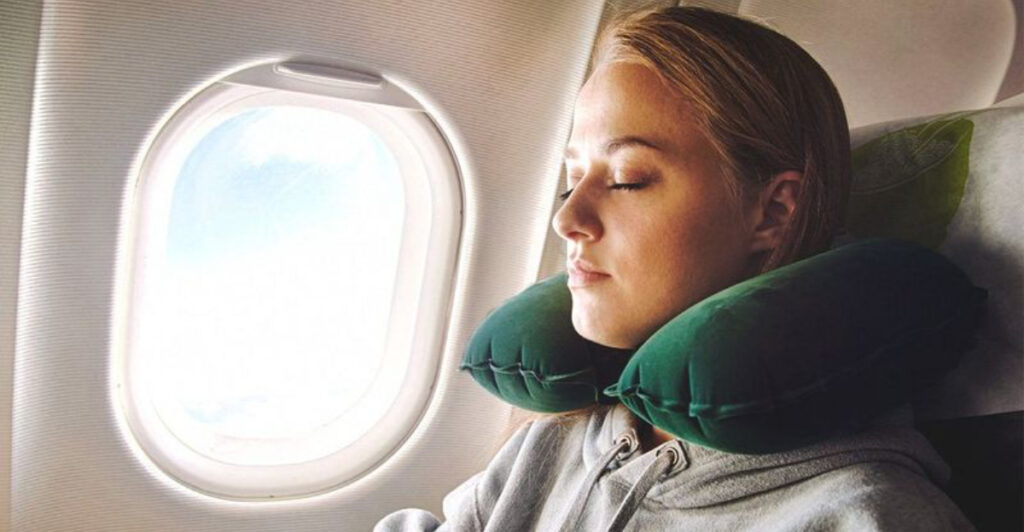Flying doesn’t have to be uncomfortable if you know how to pick the right seat. Your choice can make the difference between arriving refreshed or feeling cramped and tired. Whether you’re tall, traveling with kids, or just want to sleep through the flight, there’s a perfect spot waiting for you. Smart seat selection turns any journey into a much more pleasant experience.
1. Exit Row Seats for Maximum Legroom
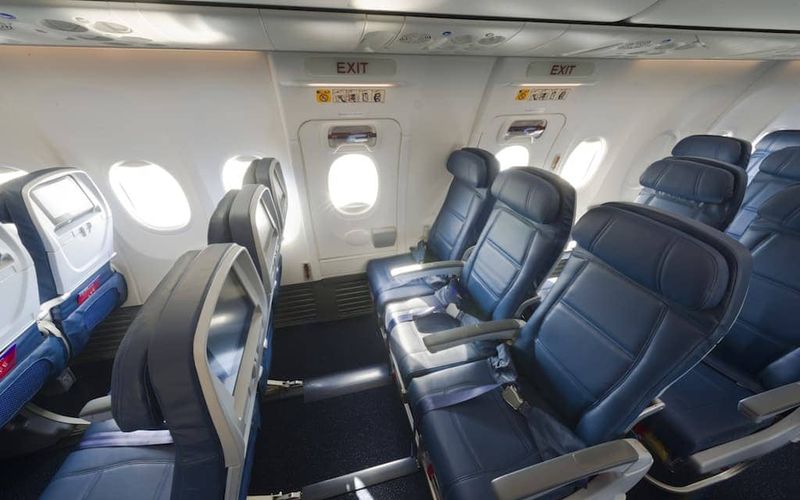
Tall travelers know the struggle of cramped legs during flights. Exit row seats offer significantly more space to stretch out, making long journeys bearable.
Airlines position these seats with extra room to allow quick evacuation if needed. However, you’ll need to meet certain requirements like being physically able to assist in emergencies.
Keep in mind that many exit row seats don’t recline fully, and some airlines charge premium fees. You also can’t store personal items under the seat during takeoff and landing.
2. Wing Seats for Smooth Flying

Motion sickness sufferers rejoice – seats over the wings experience the least turbulence during flight. The wings act as the plane’s center of gravity, creating a more stable ride.
Physics works in your favor here, as the aircraft pivots around this central point. You’ll feel less of those stomach-dropping moments that make nervous flyers grip their armrests.
The downside is increased engine noise, which can make sleeping harder. Bring noise-canceling headphones if you choose these seats for their stability benefits.
3. Window Seats for Better Sleep
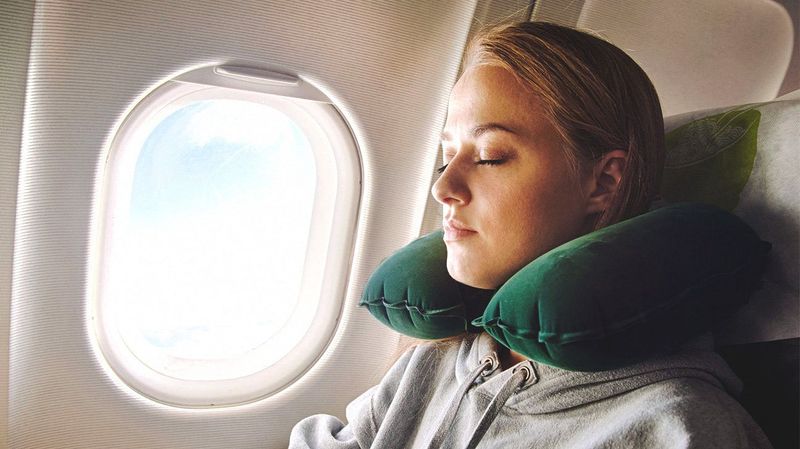
Nothing beats having a wall to lean against when you want to catch some sleep at 30,000 feet. Window seats give you control over lighting and privacy.
You won’t be disturbed by fellow passengers needing bathroom breaks or flight attendants moving through the aisle. The curved wall provides natural head support for napping.
The trade-off means you’ll need to wake others if you need the restroom. Choose window seats for longer flights where sleep matters more than convenience.
4. Front Seats for Quick Boarding
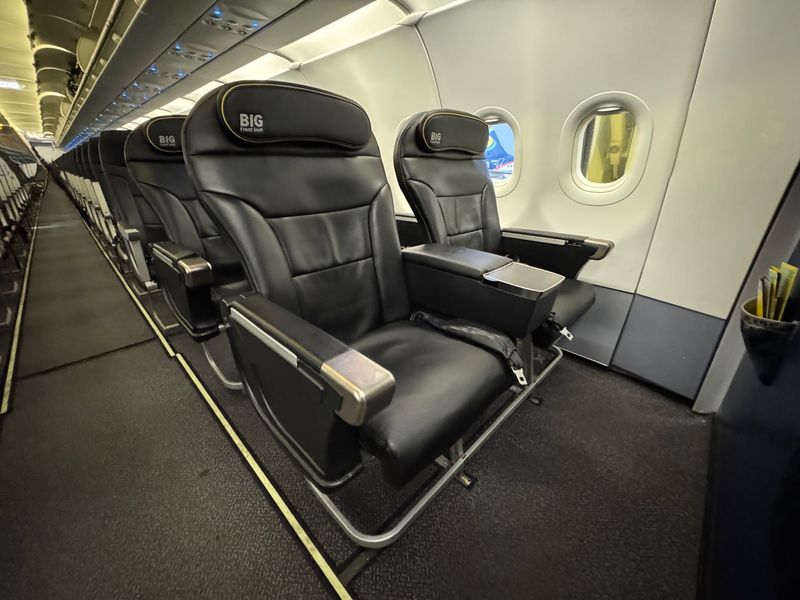
Business travelers and anyone with tight connections should prioritize front-of-plane seating. You’ll board first and exit fastest, saving precious time.
Flight attendants typically serve meals and drinks starting from the front, so you get first choice of options. Ground crew connects jetbridges to front doors, making deplaning much quicker.
Premium positioning comes with premium pricing on most airlines. Budget-conscious travelers might prefer saving money over saving a few minutes of boarding time.
5. Bulkhead Seats for Families
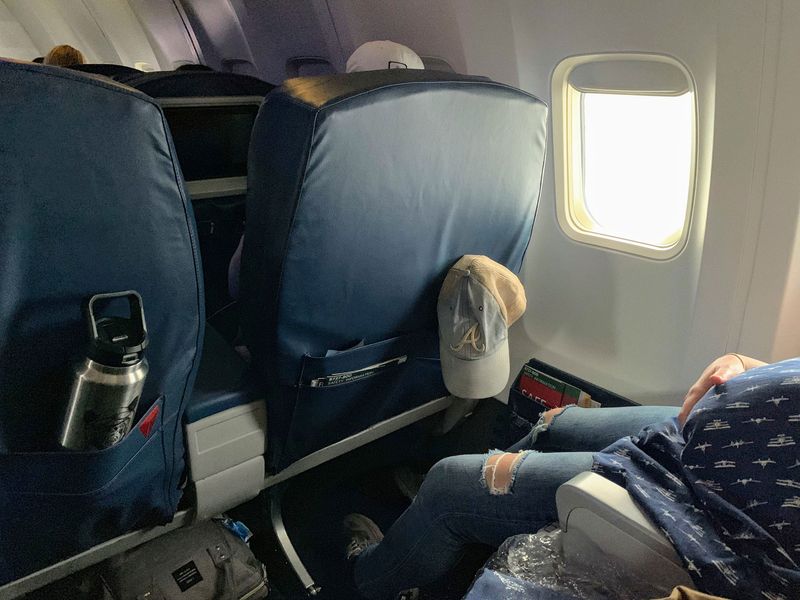
Parents traveling with infants will find bulkhead seats incredibly helpful. Airlines can install bassinets here, and there’s extra floor space for diaper bags and toys.
No seat backs in front means kids can’t kick anyone or drop toys into unreachable spaces. You’ll have more room to manage little ones during the flight.
Fixed armrests make these seats narrower than regular ones, and you’ll need to store everything in overhead bins during takeoff. Book early as families quickly claim these premium spots.
6. Forward Cabin for Quieter Flights
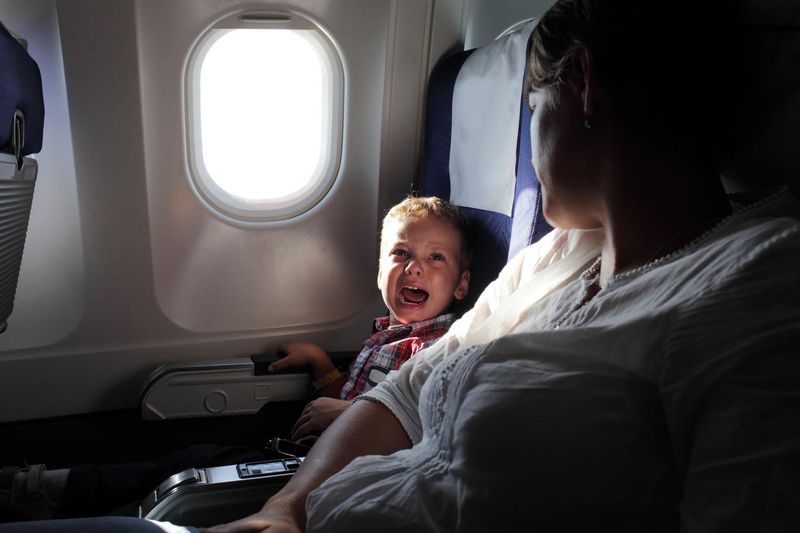
Airplane engines create most of their noise behind the wings, making forward seats significantly quieter. You’ll actually be able to hear your music or movies without cranking the volume.
Smaller regional jets show the most dramatic difference in noise levels between front and back. The peaceful environment helps with relaxation and sleep.
Premium economy and business class sections occupy the front, so expect to pay more for this tranquility. The investment pays off on longer flights where noise fatigue becomes a real issue.
7. Mid-Cabin to Avoid Bathroom Traffic
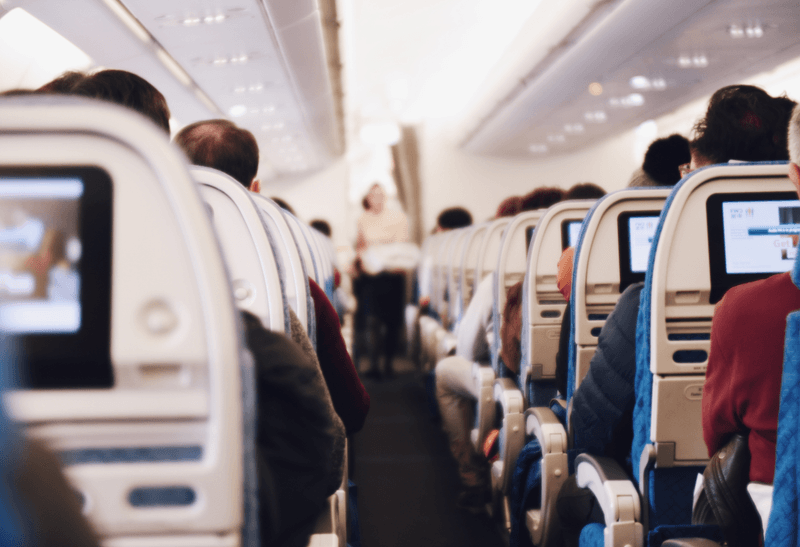
Lavatory lines and galley activity create constant disruptions near the back and front of planes. Smart travelers choose middle cabin seats to escape this chaos.
You’ll avoid the smell issues that come with bathroom proximity and the bright lights from galley areas. Flight attendants congregate less in middle sections, reducing noise and interruptions.
Middle seats still provide reasonable access to facilities without the drawbacks of being too close. You get the perfect balance of convenience and peace during your flight.
8. Two-Seat Rows for Couples

Wide-body aircraft often feature 2-4-2 seating configurations, creating intimate two-seat sections perfect for couples. You’ll have privacy without a stranger between you.
These seats typically appear along the sides near windows, giving you both personal space and togetherness. No middle seat means more elbow room for both passengers.
Limited availability makes these seats highly sought after, so book immediately after purchasing tickets. Airlines sometimes charge extra for this premium seating arrangement due to its popularity.
9. Rear Seats for Safety Statistics
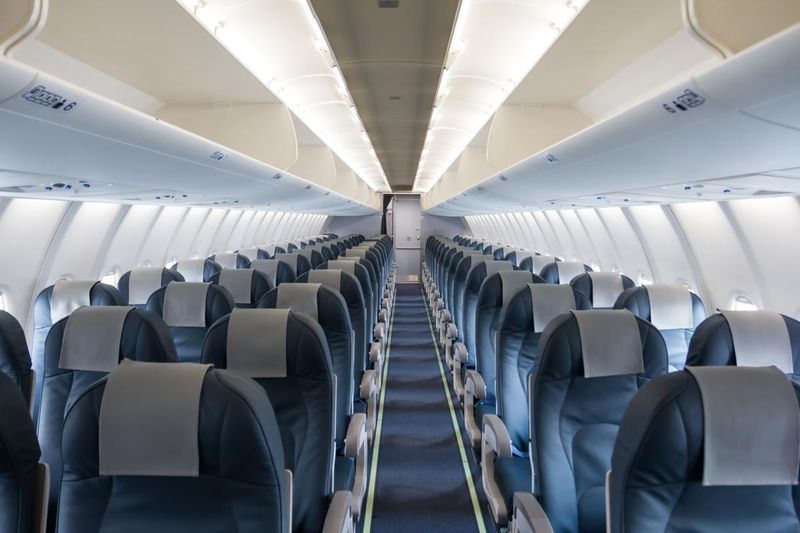
Aviation safety studies consistently show that passengers in rear sections have higher survival rates in accidents. The back of the plane often suffers less structural damage.
While flying remains incredibly safe regardless of seating, statistics-minded travelers find comfort in these numbers. Emergency exits are often located mid-cabin and rear as well.
You’ll be among the last to deplane, which can be frustrating for tight connections. The safety advantage may not outweigh convenience factors for most travelers, but it’s worth considering.
10. Random Assignment for Budget Travel
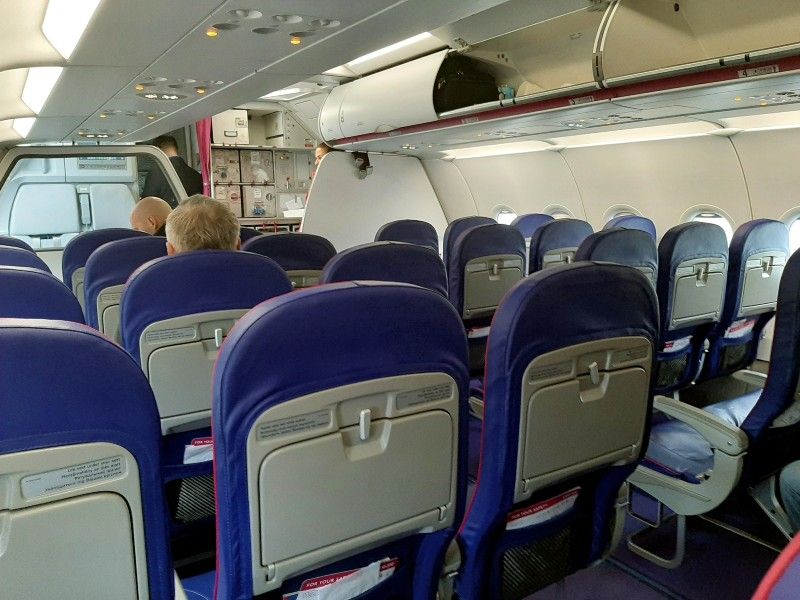
Airlines assign free seats during check-in, often 24 hours before departure. Budget-conscious travelers can skip seat selection fees entirely with this approach.
You might end up with a great seat that others paid extra for, especially if passengers change their bookings. Airlines sometimes upgrade passengers to better seats for free during check-in.
The gamble means you could get stuck in the worst seats on the plane. Families might be separated, and you lose control over your flight experience completely.

